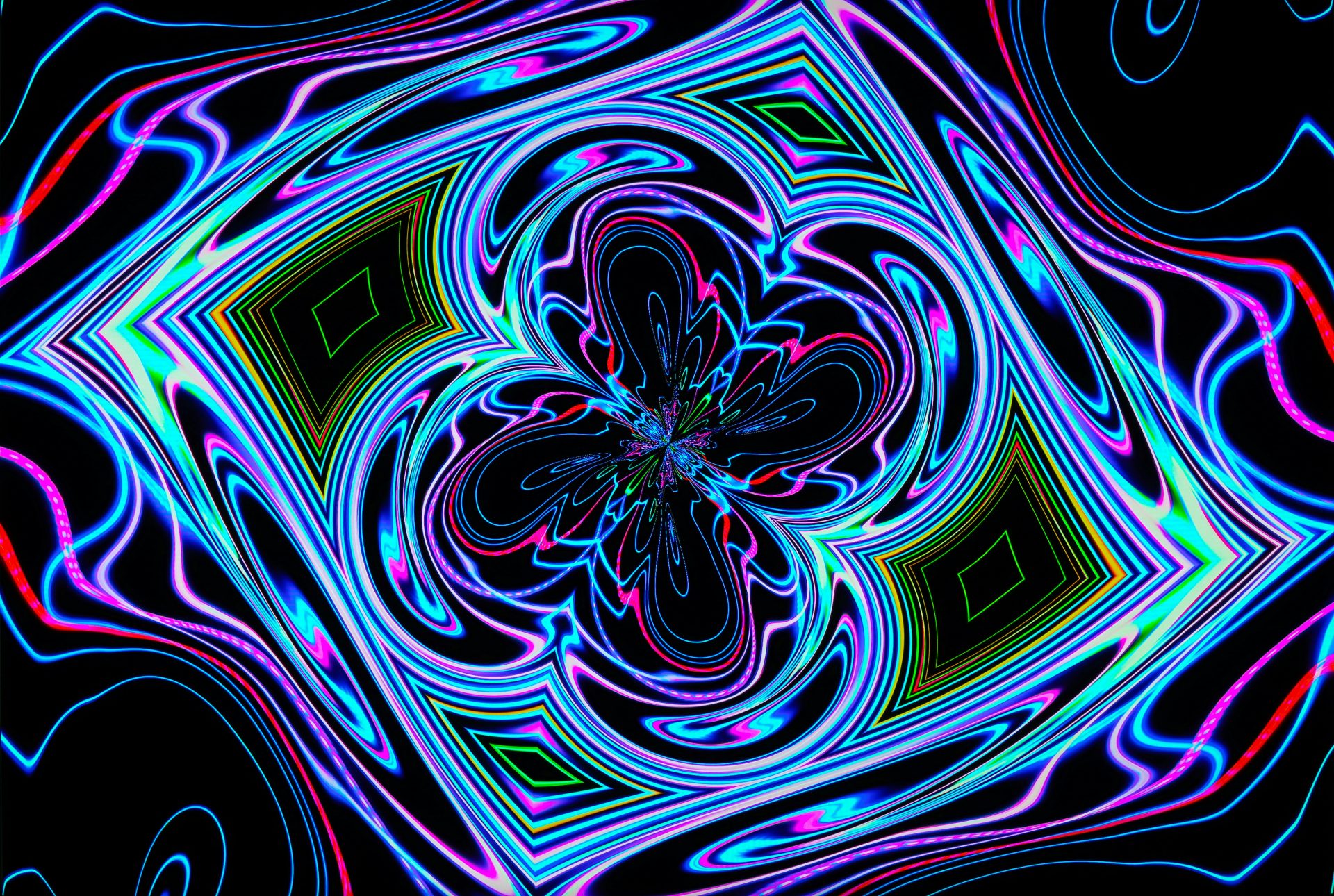The Origin of Hula: Hawaiian Dance and Spiritual Expression

TRANSLATE BUTTON AT THE END OF THE ARTICLE
Overview
Hula, the traditional dance of the Hawaiian Islands, is not only a captivating form of cultural expression but also holds deep spiritual and historical significance.
With its ancient roots in Polynesia, hula has evolved over centuries to become an integral part of Hawaiian culture.
This article delves into the origin of hula, exploring its connection to nature, its role as a form of storytelling and cultural preservation, gender roles within the dance, the use of music and chants, its sacred rituals, and the instruments and props used in performances.
We will also discuss the contrasting styles of hula, the influence of Western culture, hula’s suppression and revival in the 20th century, and the ongoing efforts to preserve and promote this traditional dance form today.
Ancient Roots: Hula’s Origins in Polynesia
The origins of hula can be traced back to ancient Polynesia, with Hawaii being the most prominent location where it thrived.
Polynesian settlers who discovered the Hawaiian Islands brought with them the foundations of hula, which were deeply rooted in their own cultural practices.
The dance was used as a form of communication, storytelling, and spiritual expression.
Hula was intimately connected to the land, sea, and celestial bodies, reflecting the profound bond between the Hawaiian people and their natural environment.
Connection to Nature: Hula’s Deep Spiritual Significance
Hula is not merely a dance form; it is a profound spiritual practice that embodies the connection between humans and the natural world.
Through graceful movements, hula dancers seek to honor and emulate the elements of nature, such as the swaying of trees, the crashing of ocean waves, and the flight of birds.
This connection to nature is deeply ingrained in Hawaiian spirituality, where the land, sea, and sky are seen as living entities with their own inherent mana, or spiritual power.
By embodying these natural forces, hula dancers aim to channel this mana and convey a spiritual message to both the audience and the gods.
Hula as a Form of Storytelling and Cultural Preservation
Hula serves as a powerful medium for preserving and passing down the rich history, legends, and traditions of the Hawaiian people.
The dance is often accompanied by chants, known as "mele," which tell stories of the past and convey a range of emotions and messages.
Through the graceful movements and gestures, hula dancers bring these stories to life, allowing the audience to experience and connect with the ancestral tales.
By keeping these stories alive through hula, the Hawaiian culture and collective memory remain vibrant and cherished.
Gender Roles in Hula: Traditions and Evolutions
Traditionally, hula had distinct gender roles, with men performing the more vigorous hula kahiko (ancient hula) and women performing the gentler hula ‘auana (modern hula).
These roles were tied to the cultural and spiritual beliefs of the Hawaiian people.
However, over time, gender roles within hula have evolved, and today both men and women can participate in all styles of hula.
This inclusion has brought about a greater appreciation for the diverse expressions and talents of hula dancers, breaking down gender stereotypes and fostering a sense of equality within the dance community.
The Role of Music and Chants in Hula Performances
Music and chants play a vital role in hula performances, serving as the heartbeat and guiding force of the dance.
Traditional hula music often features instruments such as the ipu (gourd drum), pahu (drum), and various percussion instruments.
The chants, accompanied by rhythmic beats, help set the mood and tell the story being portrayed through hula.
The lyrics of the chants, known as "oli," are profound and poetic, often drawing upon Hawaiian mythology, history, and natural landscapes.
The combination of music and chants adds depth and meaning to the dance, amplifying the spiritual and cultural significance of hula.
Sacred Rituals: Hula in Religious Ceremonies
Hula holds a revered place in religious ceremonies and rituals in Hawaii.
In ancient times, hula was performed in temples, known as "heiau," as offerings to the gods.
These sacred rituals allowed the Hawaiian people to express their spirituality and seek divine blessings.
Hula played a crucial role in connecting humans with the spiritual realm, acting as a conduit between the earthly and the divine.
Even today, hula continues to be performed in religious ceremonies, showcasing the enduring spiritual connection between the dance and Hawaiian culture.
Hula Implements: Instruments and Props Used in Performances
Hula performances often incorporate various implements and props that enhance the visual and auditory experience.
Some of the most commonly used implements include the pu’ili (bamboo rattles), ‘uli’uli (feathered gourd rattles), and the ipu heke (double gourd drum).
These instruments are not only functional but also carry their own symbolism within hula.
For example, the pu’ili may represent the wind, while the ‘uli’uli can symbolize birds or rain.
The inclusion of these implements adds texture and depth to hula performances, elevating the overall artistic expression.
Hula Kahiko vs. Hula ‘Auana: Contrasting Styles and Techniques
Hula can be broadly categorized into two distinct styles: hula kahiko and hula ‘auana.
Hula kahiko refers to the ancient style of hula, characterized by traditional movements, chants, and instruments.
This style emphasizes the preservation of ancient Hawaiian traditions and often delves into mythological and historical themes.
On the other hand, hula ‘auana represents a more contemporary form of hula, incorporating modern music, instruments, and dance movements.
This style embraces innovation and allows for greater creativity and individual expression.
Both styles are valued and respected, showcasing the richness and versatility of hula as an art form.
Western Influence: Hula’s Evolution in the 19th Century
The 19th century marked a significant turning point in the history of hula, as it encountered the influence of Western culture.
Missionaries from Europe and the United States arrived in Hawaii and viewed hula as a sinful and immoral practice.
As a result, hula was suppressed, and its practice was discouraged for several decades.
However, the resilient spirit of the Hawaiian people ensured that hula would not be forgotten.
In the late 19th century, under the reign of King David Kalakaua, hula experienced a revival and regained its status as an integral part of Hawaiian culture.
Hula’s Suppression and Revival in the 20th Century
Despite the revival of hula in the late 19th century, the 20th century brought further challenges and attempts to suppress the dance.
The colonization and westernization of Hawaii led to a decline in traditional practices, including hula.
However, in the mid-20th century, a cultural renaissance took place, spearheaded by Hawaiian activists and artists.
This revitalization movement aimed to reclaim and celebrate Hawaiian identity, leading to a resurgence of interest in hula.
Today, hula is widely recognized as a symbol of Hawaiian culture, and efforts continue to promote, preserve, and pass down this cherished art form to future generations.
Cultural Revitalization: Preserving and Promoting Hula Today
In the modern era, numerous organizations, hula schools, and cultural institutions are dedicated to preserving and promoting hula.
These initiatives play a crucial role in teaching the dance to younger generations and fostering a deeper understanding and appreciation of Hawaiian culture.
Hula festivals, competitions, and workshops provide platforms for hula practitioners to showcase their skills and share their knowledge.
Additionally, hula is now taught in schools and universities, ensuring its inclusion in formal education.
Through these collective efforts, the beauty, significance, and heritage of hula are being safeguarded, ensuring that it continues to thrive as an essential part of Hawaiian cultural identity.
Conclusion
Hula, with its ancient roots in Polynesia, is a captivating dance form that embodies the cultural, spiritual, and historical essence of the Hawaiian people.
It serves as a medium for storytelling, cultural preservation, and spiritual connection to the natural world.
Throughout its history, hula has faced suppression and revival, but its enduring resilience and cultural significance have allowed it to thrive to this day.
The ongoing efforts to preserve and promote hula ensure its role as a symbol of Hawaiian culture and identity.
As we continue to learn from and appreciate the depth and beauty of hula, we honor the legacy of the Hawaiian people and their profound connection to their land and heritage.

The Enlightenment Journey is a remarkable collection of writings authored by a distinguished group of experts in the fields of spirituality, new age, and esoteric knowledge.
This anthology features a diverse assembly of well-experienced authors who bring their profound insights and credible perspectives to the forefront.
Each contributor possesses a wealth of knowledge and wisdom, making them authorities in their respective domains.
Together, they offer readers a transformative journey into the realms of spiritual growth, self-discovery, and esoteric enlightenment.
The Enlightenment Journey is a testament to the collective expertise of these luminaries, providing readers with a rich tapestry of ideas and information to illuminate their spiritual path.
Our Diverse Expertise 🌟
While our primary focus is on spirituality and esotericism, we are equally passionate about exploring a wide range of other topics and niches 🌍📚. Our experienced team is dedicated to delivering high-quality, informative content across various subjects ✨.
To ensure we provide the most accurate and valuable insights, we collaborate with trusted experts in their respective domains 🧑🏫👩🏫. This allows us to offer well-rounded perspectives and knowledge to our readers.
Our blog originally focused on spirituality and metaphysics, but we’ve since expanded to cover a wide range of niches. Don’t worry—we continue to publish a lot of articles on spirituality! Frequently visit our blog to explore our diverse content and stay tuned for more insightful reads.






















